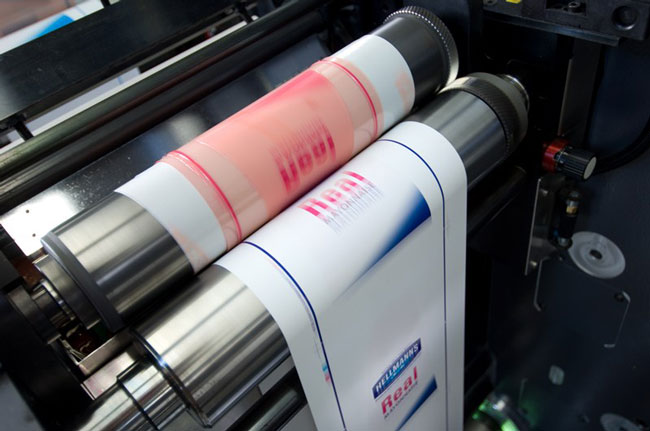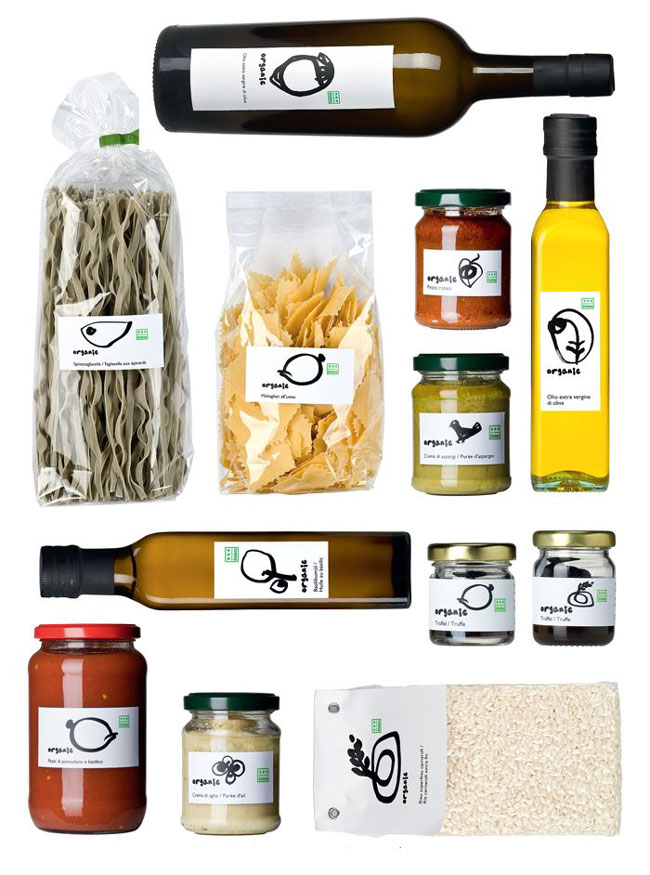Type of Printing - Flexography Printing
Flexography (or roll-to-roll or roll label printing) is the "modern version" of offset printing. Flexography is a printing technique that uses relief plates, which are then wrapped around rotating cylinders. The main tool it utilizes here is either a flexible relief plate – thin sheets of polymer material coated with a photosensitive surface – or natural or synthetic rubber. Flexographic printing, sometimes referred to as surface printing, is known for its commercial use, as the process can accommodate printing on a continuous roll of print media instead of doing it per sheet.


The process: The power of flexography lies in its ability to print even on uneven surfaces. Unlike the ones used in offset lithography, flexography uses thin metal or rubber plates with slightly raised surface, which are then rotated on a cylinder and in the process transfers the images onto the print media of choice. The plate is painted with water-based fast-drying inks that have low viscosity and make them perfect not only for paper but also any type of absorbent and non-absorbent materials, such as plastic, foil, acetate film and such. These fast-drying inks also allow one to print at a high speed, suitable for mass-produced printing process.
Commonly used for: Product packaging and labels, high-volume prints like newspapers, and printed products with continuous patterns like wallpaper and gift-wrap.
Why flexography? Best to consider using this type of printing technique for large-scaled print production because of its easy plate-making process. Flexography also lets you print on both porous and non-porous materials, from surfaces like plastic and foil, even floor tiles. If you’re in the edible goods business, flexography is the best option: The printing is bonded to the packaging surface, which guarantees safety and without having to worry about it wearing off, chipping or flaking and eventually harming the food.
Benefits of Flexography Printing:
Cost effective for medium/high volume print runs
high level of chromatic balance and color constancy
Very accurate high quality prints without irregularities (no plates to restructure).
Many types of inks available (Solvent-based, water-based inks, ultraviolet and chemical curing inks)
Ability to print on many types of surfaces (porous and non-porous)
Flexography Printing Examples





